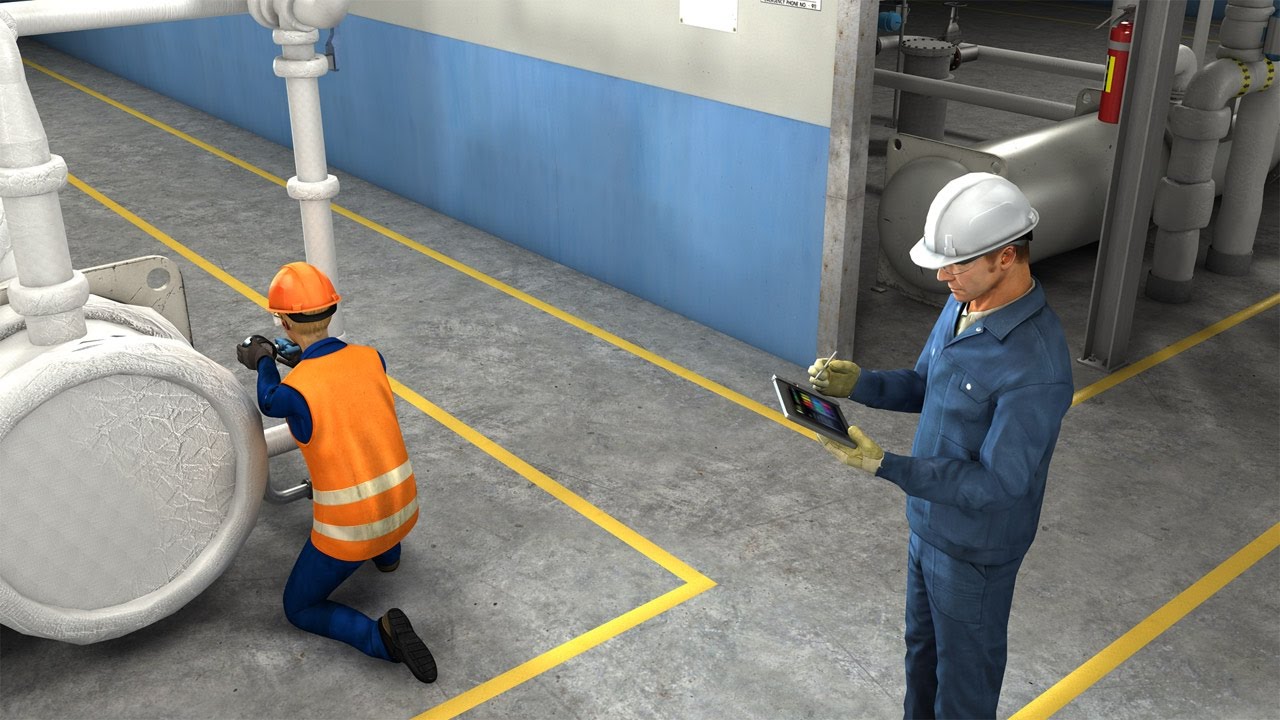Home » Course Layouts » Free Course Layout Udemy
Industrial hygiene is the science of protecting and enhancing the health and safety of people at work and in their communities. Health and safety hazards cover a wide range of chemical, physical, biological and ergonomic stressors.
0
57
English
English [CC]
- Learn basic syntax that can apply to any language.
- Learn what is a programming language and the basic concepts for beginners.
- Understand what is Javascript in it's truest form.
- Know the basic syntax of Javascript.
- Know some hidden quirks in Javascript.
Description
Industrial hygiene has been defined as “that science and art devoted to the anticipation, recognition, evaluation, and control of those environmental factors or stresses arising in or from the workplace, which may cause sickness, impaired health and well-being, or significant discomfort among workers or among the citizens of the community.” Industrial hygienists use environmental monitoring and analytical methods to detect the extent of worker exposure and employ engineering, work practice controls, and other methods to control potential health hazards.
What Is an Industrial Hygienist?
An industrial hygienist is a highly trained, usually certified expert who works to reduce safety risks and hazards in an industrial setting. These professionals focus their days on developing programs and strategies to improve safety. They often work with Environmental Health and Safety Managers to develop proper safety protocols. Common job duties of an industrial hygienist include the following:- Assess an industrial facility to determine what hazardous practices or conditions are present within it
- Develop new strategies and procedures that reduce those hazards
- Oversee the implementation of programs, policies, and procedures for hazard reduction
- Monitor those programs to ensure they are being followed and that they are effective
- Conduct on site monitoring, gather and analyze data about safety
- Conduct studies on new equipment to determine the risks and hazards associated with it
- Review plans for new installations for safety issues
- Monitor locations to ensure total compliance with state and federal regulations
- Create reports and present them to superiors concerning safety within the workplace
- Improved worker health and increased life expectancy;
- Reduction in the number of people who leave employment early through injury or illness;
- Lower social and health care costs as well as maximizing worker potential;
- More efficient working processes with technological improvements and increased productivity.
RECOGNIZING AND CONTROLLING HAZARDS
Industrial hygienists recognize that engineering, work practice, and administrative controls are the primary means of reducing employee exposure to occupational hazards. Engineering controls minimize employee exposure by either reducing or removing the hazard at the source or isolating the worker from the hazard. Engineering controls include eliminating toxic chemicals and substituting non-toxic chemicals, enclosing work processes or confining work operations, and the installation of general and local ventilation systems. Work practice controls alter the manner in which a task is performed. Some fundamental and easily implemented work practice controls include- Changing existing work practices to follow proper procedures that minimize exposures while operating production and control equipment;
- Inspecting and maintaining process and control equipment on a regular basis;
- Implementing good housekeeping procedures;
- Providing good supervision; and
- Mandating that eating, drinking, smoking, chewing tobacco or gum, and applying cosmetics in regulated areas be prohibited.
Course content
-
- Industrial Hygiene 00:25:00
- MSDS Sheets 00:10:00
- Points of Entry 00:05:00
- Effects 00:10:00
-
- Airborne Contaminants 00:10:00
- Effects of Airborne Contaminants 00:10:00
- Common Industrial Hygiene Problems 00:10:00
- Exposure Thresholds 00:10:00
- Recognizing Hazards 00:10:00
- Control 00:10:00
- Important Laws 00:10:00
- Confined Space Standard 00:10:00
- Workers’ Comp. & Hearing Loss 00:10:00
- Identifying 00:10:00
- Noise Controls 00:10:00
- Preventing 00:10:00
- Purpose of the Standards Around the World FREE 00:30:00
- British Standards FREE 02:00:00
- European Standards FREE 02:00:00
- Industrial Hygiene Training Test 00:45:00
N.A
- 5 stars0
- 4 stars0
- 3 stars0
- 2 stars0
- 1 stars0
No Reviews found for this course.
Instructor
OpenCoursa
Accessible Education for Everyone
5
5
6
24220
4637
We are an educational and skills marketplace to accommodate the needs of skills enhancement and free equal education across the globe to the millions. We are bringing courses and trainings every single day for our users. We welcome everyone woth all ages, all background to learn. There is so much available to learn and deliver to the people.
Explore Free Courses
Access valuable knowledge without any cost.
{"title":"","show_title":"0","post_type":"course","taxonomy":"course-cat","term":"engineering-skills,health-and-safety","post_ids":"","course_style":"free","featured_style":"course6","masonry":"","grid_columns":"clear4 col-md-3","column_width":"268","gutter":"30","grid_number":"4","infinite":"","pagination":"","grid_excerpt_length":"20","grid_link":"1","grid_search":"0","course_type":"","css_class":"","container_css":"","custom_css":""}












